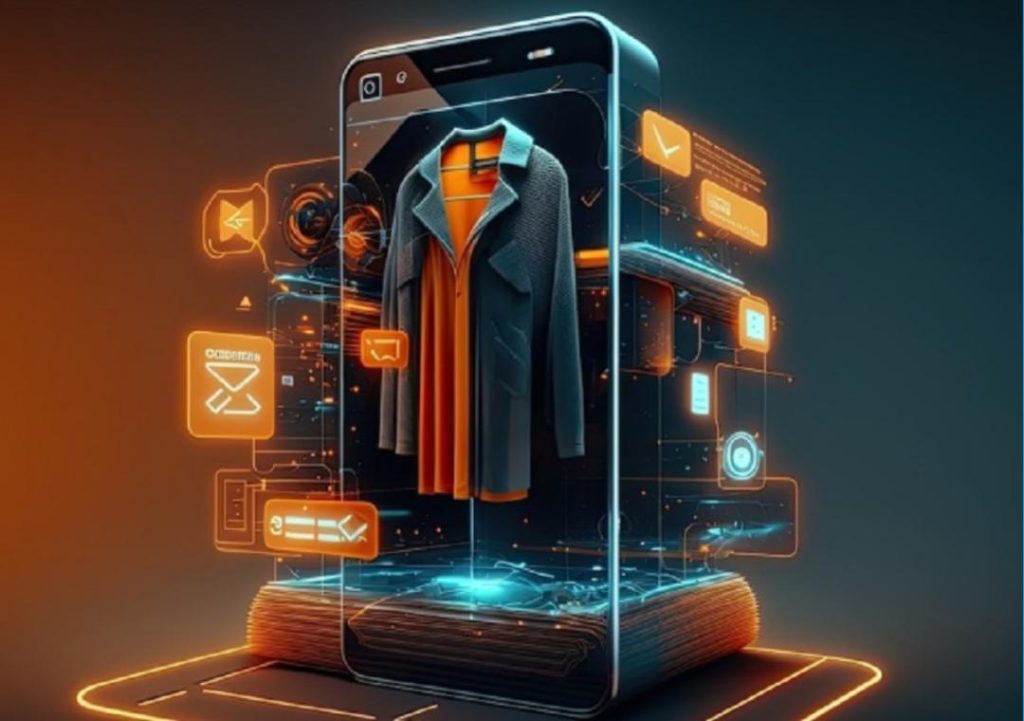
How AI, AR & Automation are redefining online shopping in 2025
The e-commerce landscape has undergone a significant transformation in recent years, driven by technological advancements in Artificial Intelligence (AI), Augmented Reality (AR), and Automation. As we step into 2025, online shopping is poised to become even more personalized, immersive, and efficient. In this blog post, we’ll explore how AI, AR, and Automation are redefining the online shopping experience, making it faster, more engaging, and frictionless for customers.
AI-Powered Personalization
One of the most significant ways AI is impacting online shopping is through personalization. AI chatbots, powered by natural language processing (NLP) and machine learning algorithms, are becoming increasingly common on e-commerce websites. These chatbots enable customers to interact with brands in a more human-like way, answering questions, providing recommendations, and helping with purchases.
Moreover, AI-driven smart recommendations are revolutionizing the way products are suggested to customers. By analyzing consumer behavior, purchase history, and browsing patterns, AI algorithms can suggest products that are more likely to appeal to a customer’s preferences. This personalized approach leads to higher conversion rates, increased customer satisfaction, and improved brand loyalty.
Voice Commerce
Voice commerce is another area where AI is playing a crucial role. With the rise of voice assistants like Alexa, Google Assistant, and Siri, customers can now make purchases using voice commands. This hands-free experience is particularly convenient for customers who prefer to shop while multitasking or have difficulty typing. Brands that have already integrated voice commerce into their platforms are seeing significant growth in sales and customer engagement.
AR Virtual Try-Ons
Augmented Reality (AR) is another technology that’s transforming the online shopping experience. AR virtual try-ons allow customers to try on products virtually, giving them a more immersive and interactive experience. This technology is particularly useful for fashion and beauty brands, where customers can try on different outfits, makeup looks, or hairstyles without physically trying them on.
For example, Sephora’s Virtual Artistry app uses AR to enable customers to try on different makeup products and get a realistic view of how they would look. Similarly, Zara’s AR try-on feature allows customers to try on clothes without having to physically visit a store.
Automation Streamlining Supply Chains and Delivery
Automation is also playing a crucial role in streamlining supply chains and delivery processes. AI-powered automation is enabling brands to optimize their logistics, reducing costs, and increasing efficiency. With automation, brands can predict demand, manage inventory, and streamline delivery processes, ensuring that products reach customers faster and more efficiently.
For instance, Amazon’s Fulfillment by Amazon (FBA) program uses automation to manage inventory, packaging, and shipping. This program has enabled Amazon to provide fast and reliable delivery, which has become a key differentiator for the brand.
Key Takeaways
As we look to 2025, it’s clear that AI, AR, and Automation will continue to shape the online shopping experience. Some key takeaways from this blog post include:
- AI-powered personalization will become even more prevalent, with chatbots and smart recommendations becoming the norm.
- Voice commerce will continue to grow, providing customers with a hands-free and convenient way to shop.
- AR virtual try-ons will become more widespread, enabling customers to try on products virtually and getting a more immersive experience.
- Automation will continue to streamline supply chains and delivery processes, providing customers with faster and more efficient delivery options.
Conclusion
As the e-commerce landscape continues to evolve, AI, AR, and Automation will play a crucial role in shaping the future of online shopping. Brands that adopt these technologies will be better equipped to provide customers with a personalized, immersive, and frictionless experience. By leveraging these technologies, brands can increase customer satisfaction, drive sales, and stay ahead of the competition.
Source:
https://www.growthjockey.com/blogs/e-commerce-tech-trends-online-shopping






